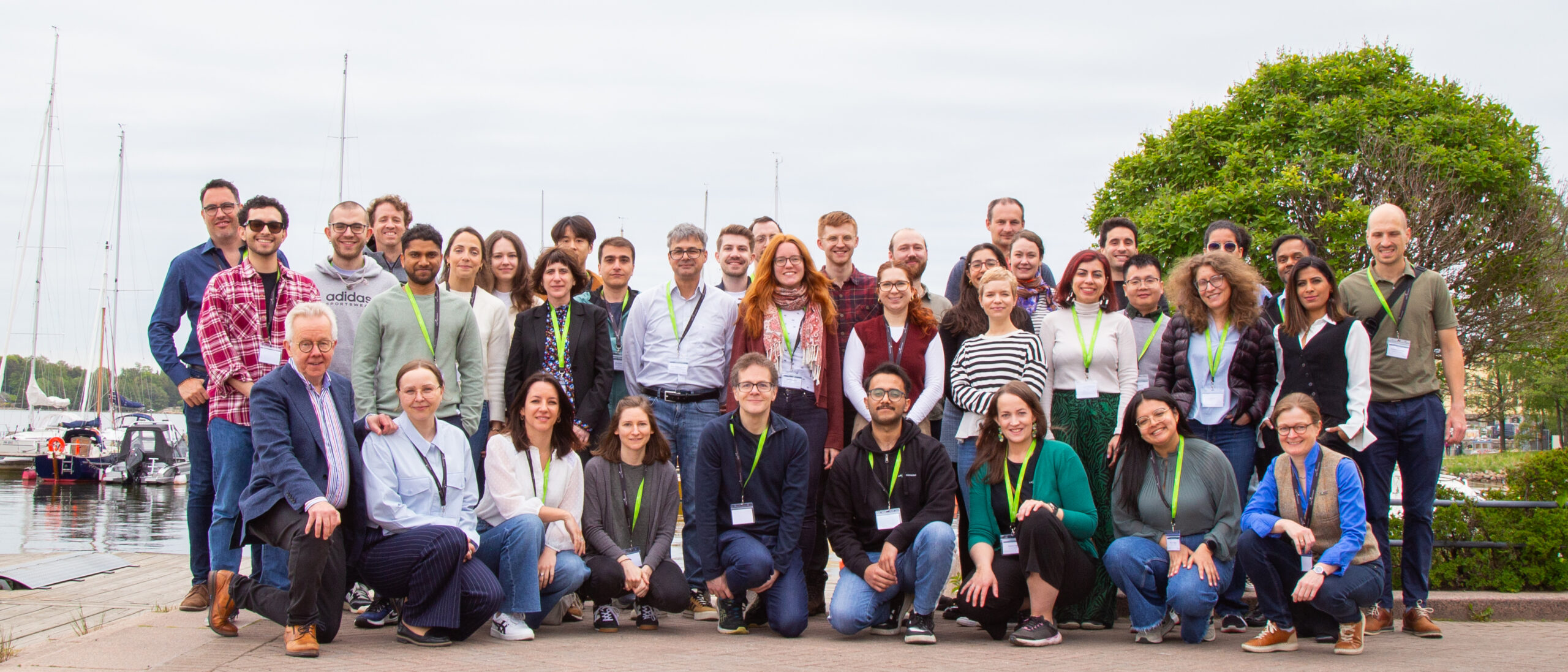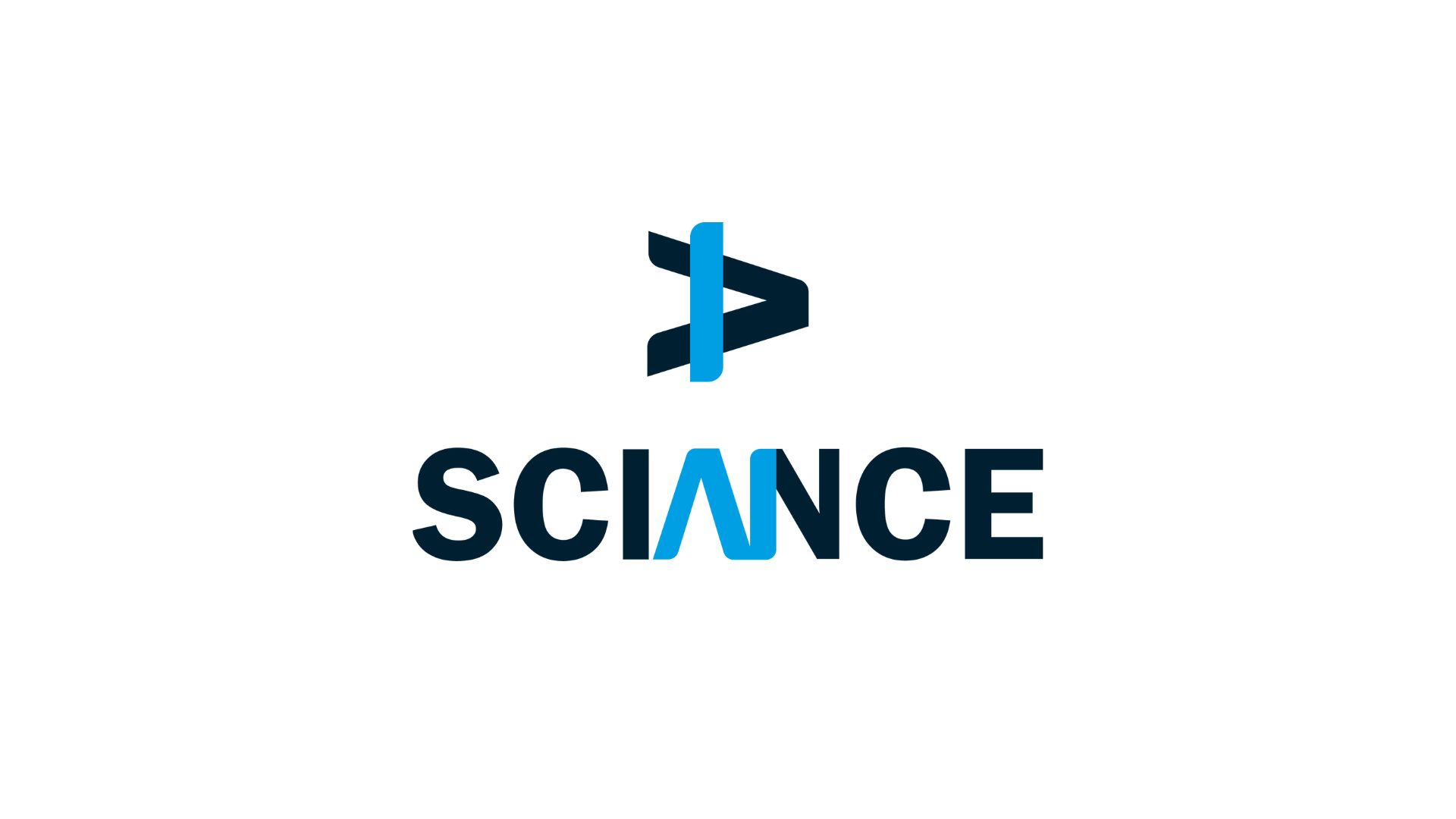
PHIRE: a photoacoustic imaging and AI-based theranostic approach for cancer
Bladder cancer is the 10th most common cancer globally, with more than half million new cases every year, but it is the most expensive cancer to be treated with an expenditure of 10 billion dollars every year. The reason for such high expenditure is due to the fact that the current diagnostic imaging techniques do not allow detection and thus surgical removal of bladder tumours smaller than 1 millimetre, and in particular when they are flat. Second, half of the bladder cancers are resistant to the therapy. Because of these diagnostic and therapeutic limitations about 200.000 patients every year, and for many years after diagnosis, have tumour relapse and undergo multiple surgical and therapeutic interventions. IRCSS San Raffaele, part of Euro-BioImaging's MMMI Italian Node, is coordinating the EU funded project, PHIRE, which promotes photo acoustic imaging as part of a potential solution to tackle this problem.
PHIRE aims to bring close to market a novel high-resolution theranostic medical device effective in the clinical applications for cancer lesions smaller than 1 mm, ready for application in human bladder cancer and effective both in male and female patients.
The implementation of the PHIRE solution in clinical settings involves several key innovations. Central to this is an add-on module designed for integration with existing off-the-shelf photoacoustic devices, enabling imaging of hollow organs located deeper within the body. This is complemented by an AI-assisted prediction map that guides gold nanorods, which are small particles that have a nanometric size, made of gold and have the shape of a cylinder, during photo-thermal therapy, based on real-time imaging data.
The project also includes the large-scale synthesis of urine-stable gold nanorods suitable for clinical use. Together, these advancements aim to reduce the frequency of bladder tumour relapse and the number of patients experiencing recurrence, significantly improving patient quality of life while lowering healthcare costs.
The PHIRE consortium is coordinated by San Raffaele Hospital, part of Euro-BioImaging’s MMMI Node, and is composed of interdisciplinary partners: a chemical department of the public university as the University of Bologna, a small-medium enterprise focusing on mathematical models and computer simulations as Ascend Technologies LTD, a company expert in accelerating research uptake results as META Group, and an industrial partner in photo imaging, Fujifilm Visualsonics, a member of Euro-BioImaging’s Industry Board.
Prof. Alfano is the project coordinator at IRCSS Ospedale San Raffaele. He explains “PHIRE is on a mission to transform bladder cancer detection. In the next 5–6 years, we aim to deliver a nanoparticle-based solution ready for clinical use, bringing real benefits to patients and society.”
Moreover, the technological innovations developed within the project, such as deep-tissue imaging, adaptive algorithms, and real-time molecular data analysis, have potential applications beyond oncology. These include the photoacoustic and diagnostic imaging markets, gold nanoparticle development, cystoscopy (endoscopy of the urinary bladder via the urethra carried out with a cystoscope), and medical software, highlighting the project’s potential to drive cross-disciplinary impact in both healthcare and medical technology industries.
In summary, by combining optical and ultrasound techniques with AI-assisted innovations, PHIRE is tackling the challenges of bladder cancer diagnosis, enabling the detection of lesions as small as 1 mm. This precision holds the potential to significantly reduce recurrence rates and improve patient outcomes. The project’s breakthroughs in deep-tissue imaging and real-time molecular analysis demonstrate the versatility of PAI (photoacoustic imaging), marking it as a transformative approach in diagnostic imaging.
More news from Euro-BioImaging


